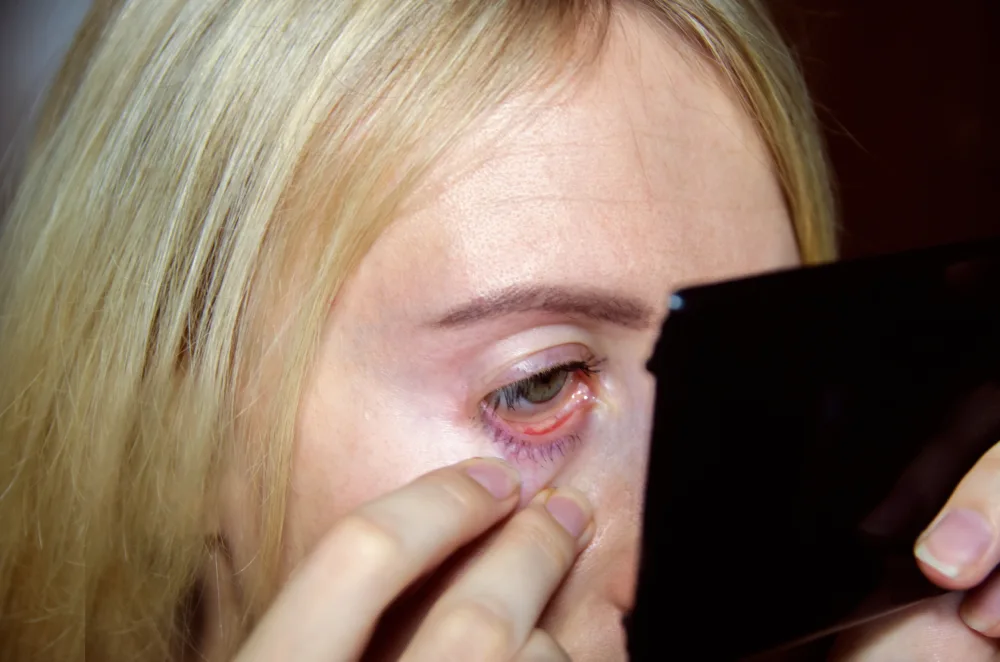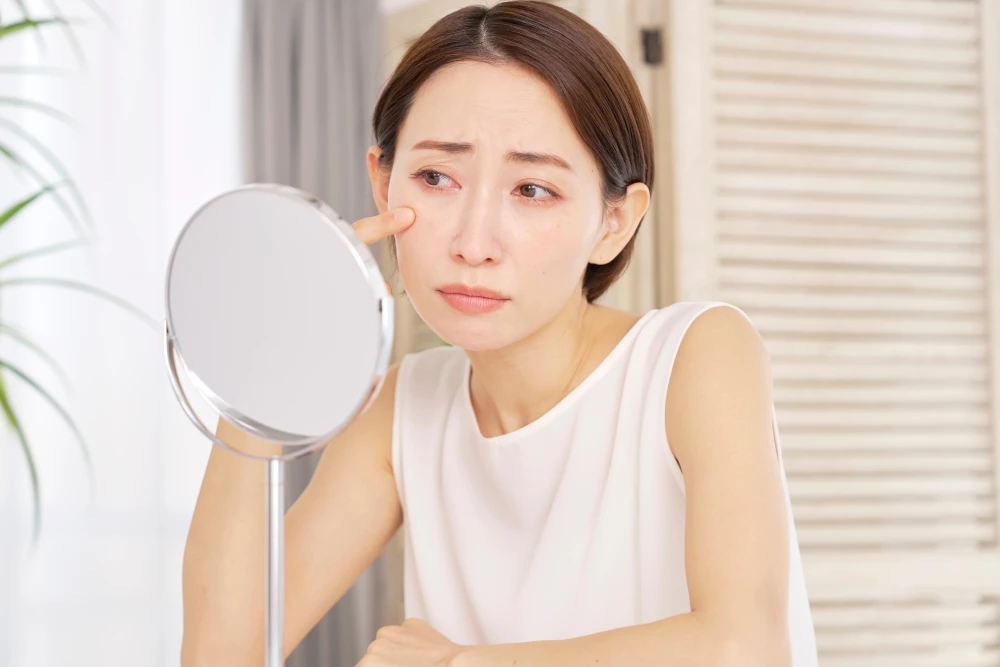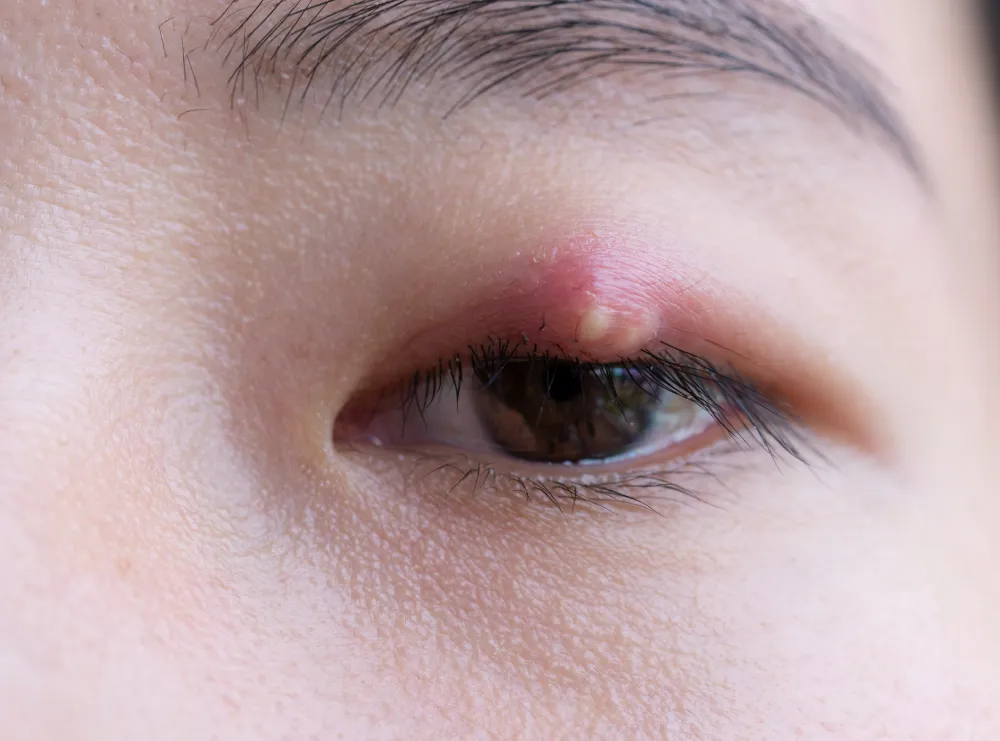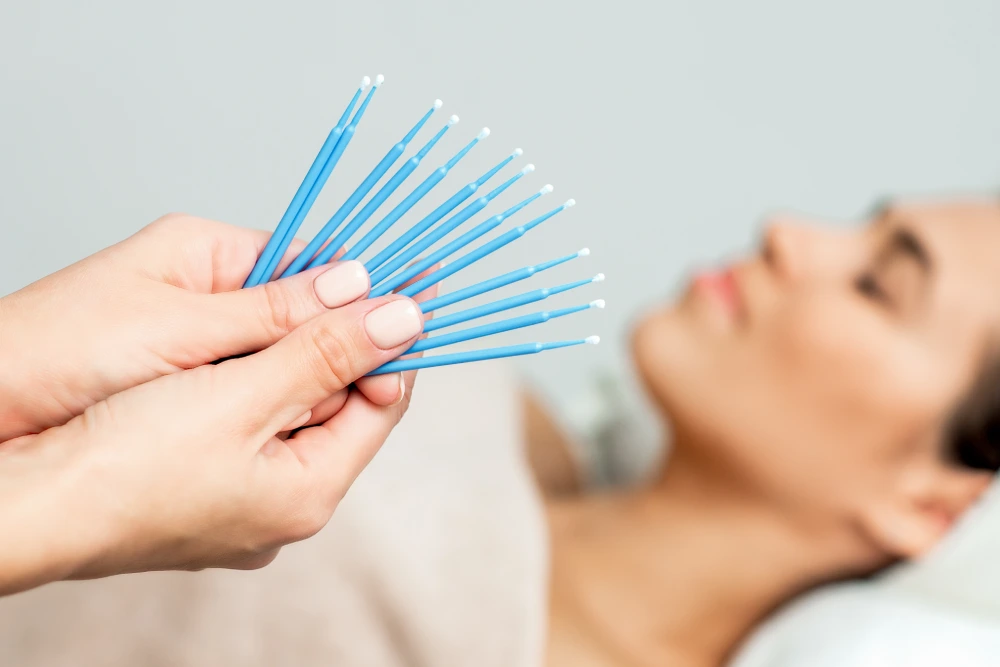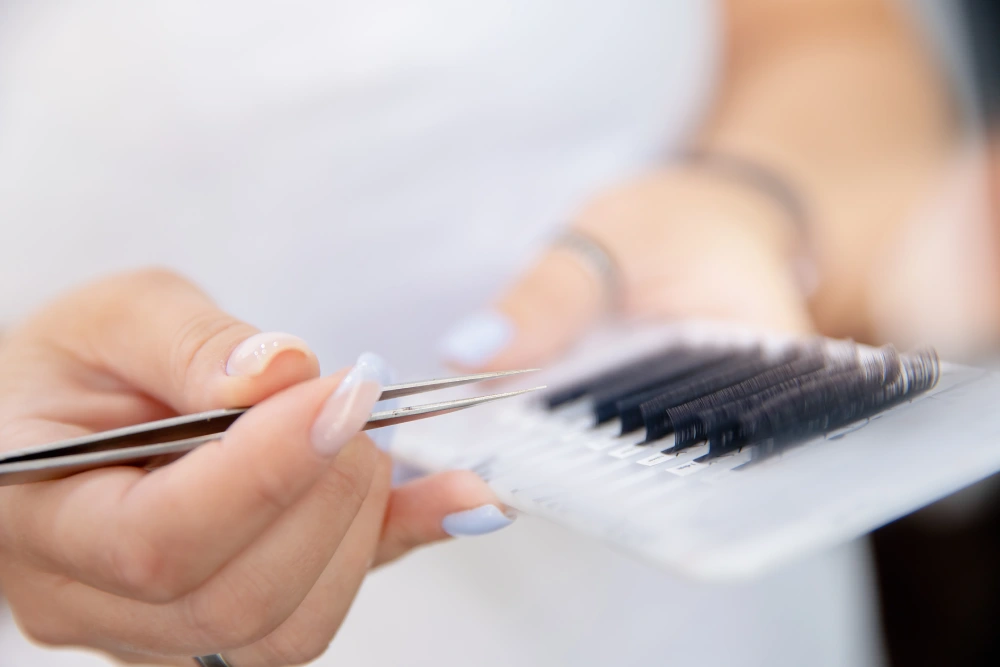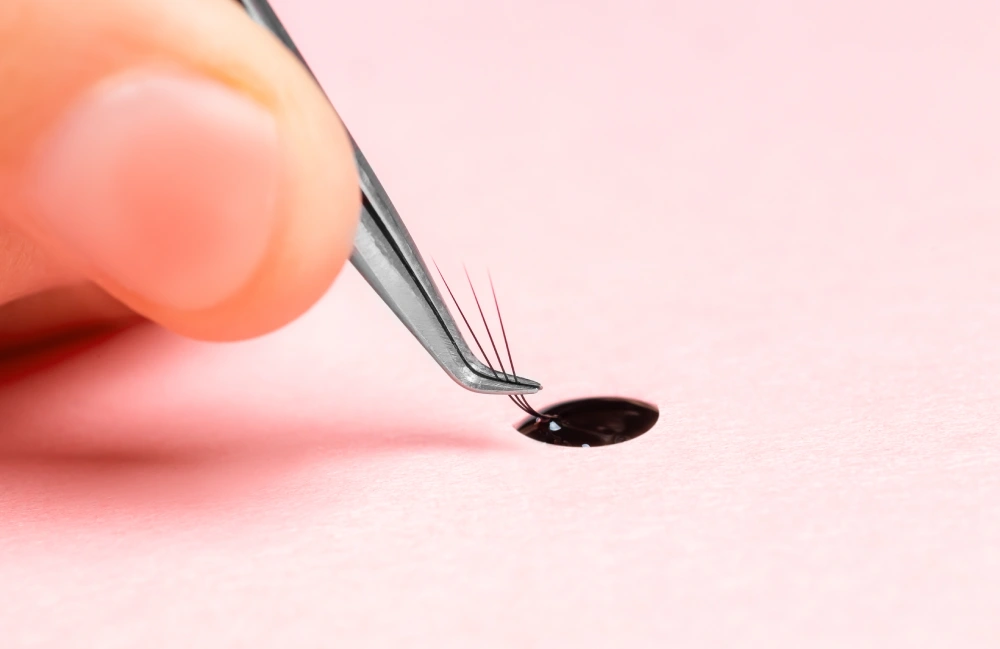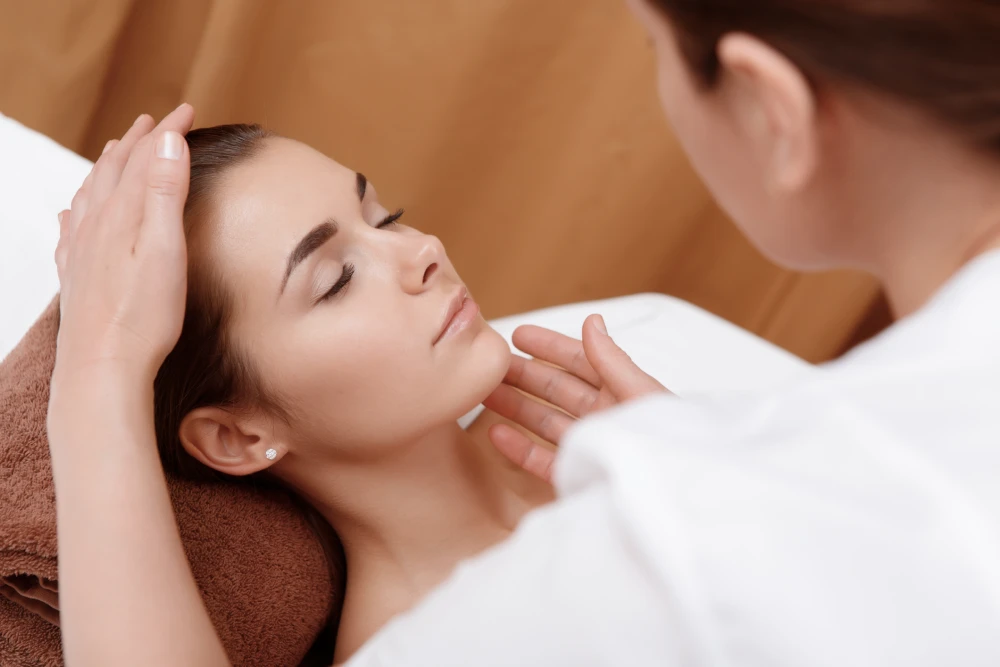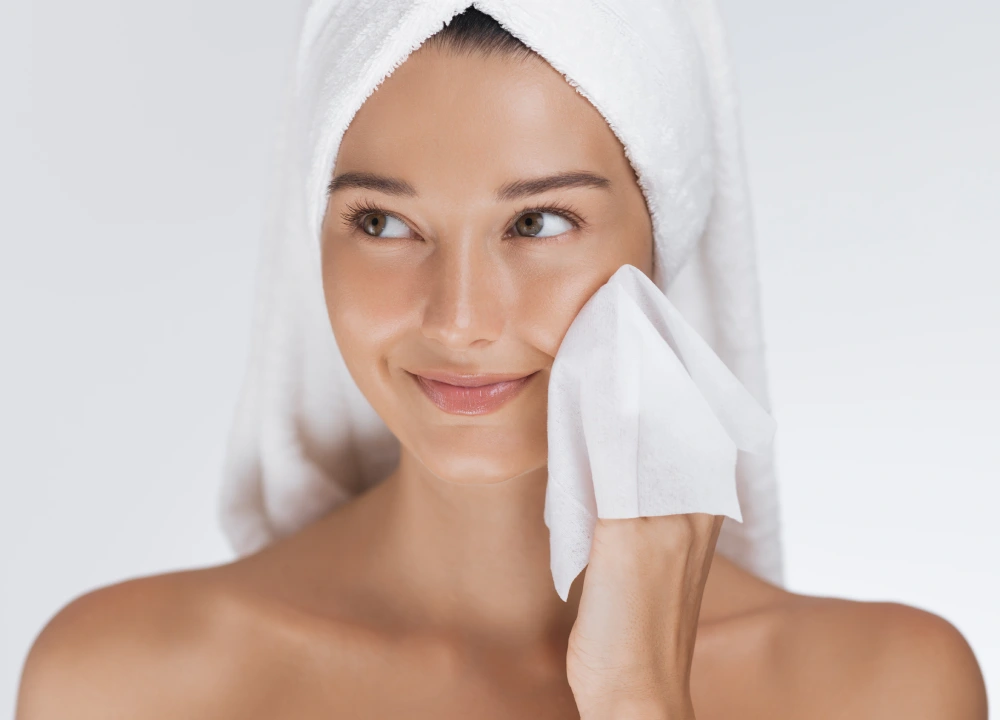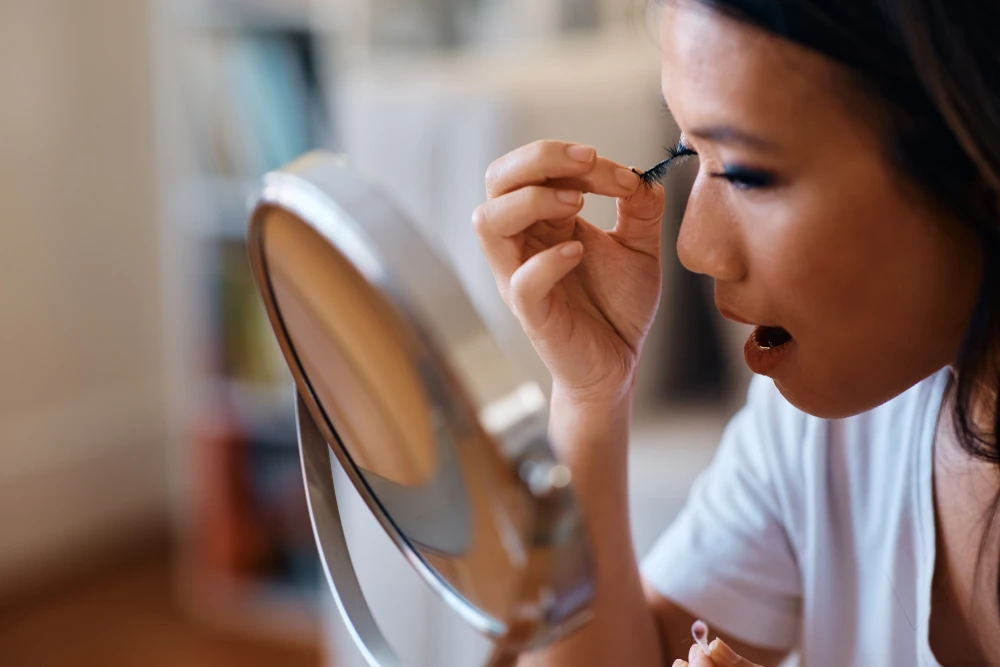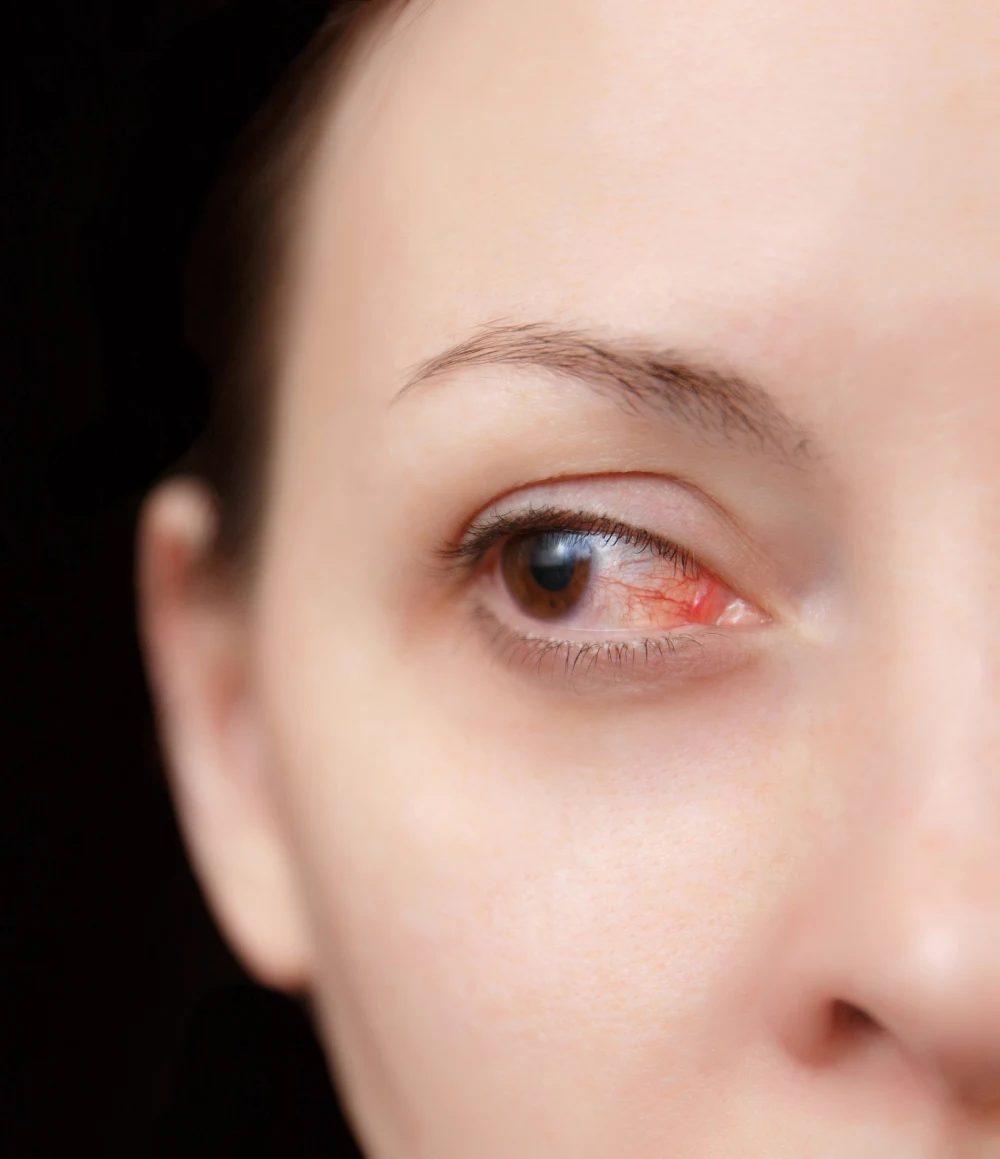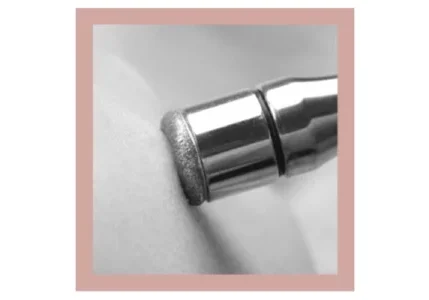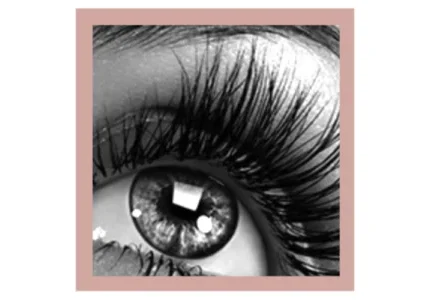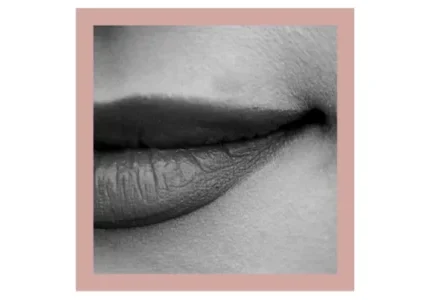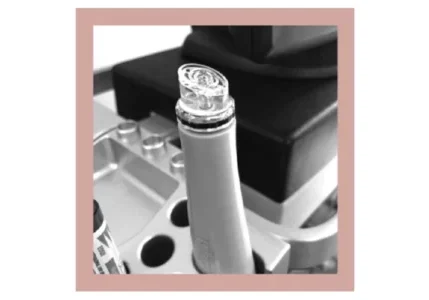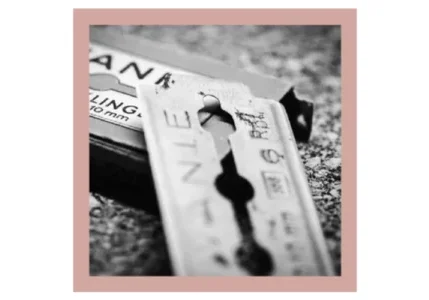Allergic Reactions After Eyelash Extensions
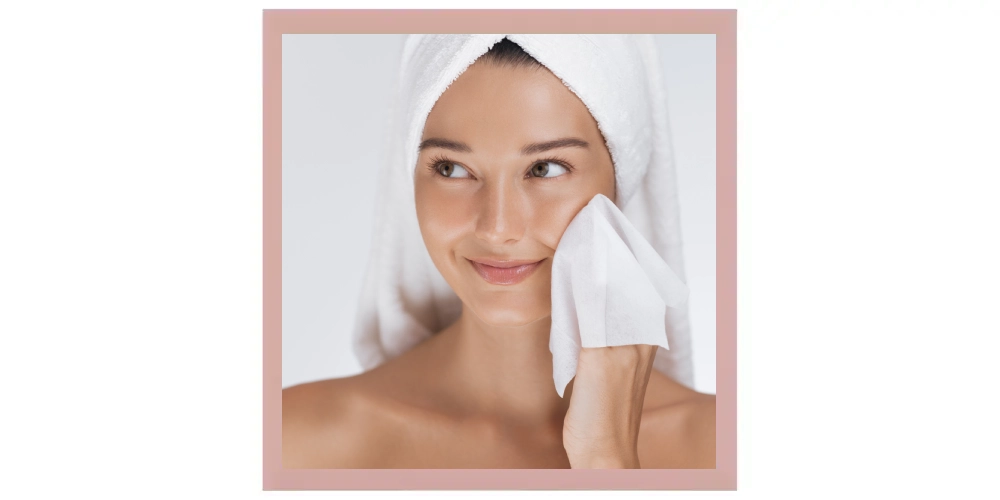
Eyelash extensions offer an instant transformation, but thoughts about safety and potential risks or potential hazards stop many. Do you want a beautiful look but worry about allergies, infections, or damage to natural lashes? These are the right questions! Being informed is your main ally on the path to beauty without compromising lash health and eye safety.
This article is your detailed guide to all aspects of eyelash extension safety. We will break down the main risks, teach you to distinguish irritation from allergy, discuss contraindications, and provide clear recommendations on how to minimize potential hazards and choose a professional you can trust.
Here's what you'll learn in this article:

The author of the article
Ruzanna, 17 years of experience!
| We'll Cover | Why It's Important for You |
|---|---|
| To understand the real threats, know the symptoms for identifying allergic symptoms, and when medical attention is required. | |
| To know the causes of damage (including Traction Alopecia) and how to preserve lash health. | |
| To determine the suitability of this procedure for you from a health perspective, consider medical conditions affecting lashes. | |
| To know what to look for when choosing a technician, check hygiene, and evaluate materials like lash adhesive, ensuring it's formaldehyde-free. | |
| To properly prepare for the procedure and identify potential risks in advance through client screening. | |
| To understand your role in ensuring safety and the desired outcome. |
Main Risks – Allergic Reactions, Irritations, and Infections
It's important to be able to distinguish these three side effects, as they require different approaches. Understanding these key concerns is crucial.
Problem Analysis – Allergy vs. Irritation vs. Infection
| Problem Aspect | Details & Recommendations |
|---|---|
| Cause. An immune response to a component of the lash adhesive (most often cyanoacrylate). It can have cumulative effects. So it's important to identify allergic symptoms such as severe eyelid itching, eyelid swelling, eyelid redness, and tearing are common. These symptoms typically appear hours or days later and may worsen. What should you do? Contact your technician for removal immediately! Then see a doctor (allergist or ophthalmologist). | |
| Causes can be a chemical (from Glue Fumes) or mechanical (patches, incorrect application) exposure. Symptoms such as mild eye redness (whites of eyes), slight itching or burning, tearing in the eyes, and discomfort are characteristics. These usually appear immediately or soon after the procedure and resolve in 1–2 days. What should you do? Observe and apply cold compresses. If it doesn't resolve or if it worsens, contact your technician and/or doctor. | |
| Causes can be bacteria, viruses, or fungi due to a breach of hygiene by the technician or client. Symptoms such as pain, pus discharge, severe redness or swelling, photosensitivity, and possible vision impairment may occur. What should you do? See a doctor (ophthalmologist) immediately! Treatment is required, and lashes will likely need to be removed. |

Ruzanna
17 years of experience
Damage to Natural Lashes – How Incorrect Application Threatens Lash Health
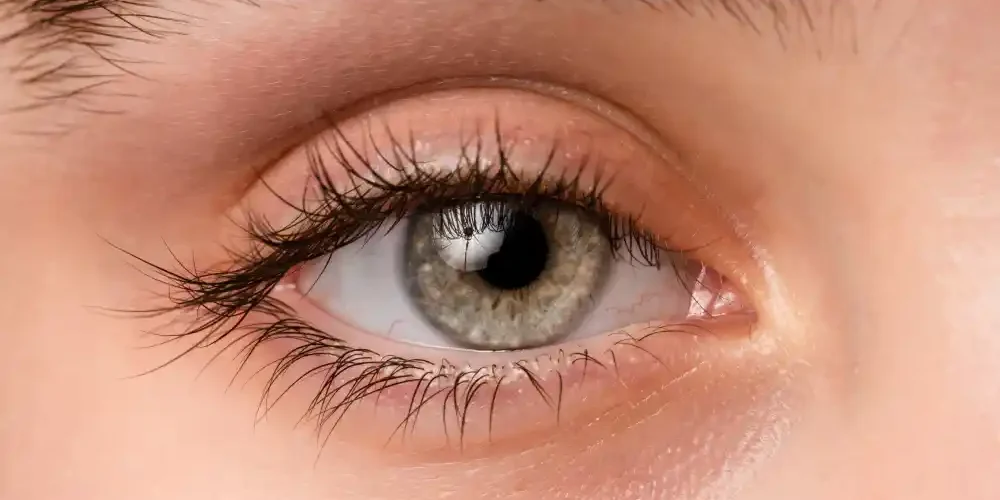
The fear of ruining one's own lashes is a major barrier. Damage to natural lashes is possible, but its causes are known and preventable.
Problem Analysis – Damage to Natural Lashes
| Problem Aspect | Description & Recommendations |
|---|---|
|
Mechanisms of Damage |
Incorrect application includes stickies (multiple natural lashes glued together), excessive weight or length (overloading the follicle), and applying to vellus hairs or skin. Improper aftercare involves rubbing eyes, pulling lashes, and self-removal. Untimely fills can lead to overloading outgrown lashes. |
|
Traction Alopecia |
A specific risk is lash loss due to constant tension on follicles from lashes that are too heavy or too long. With prolonged exposure, damage can be irreversible. |
|
Consequences |
Thinning, brittleness, slowed growth, and sparseness of natural lashes. |
|
Prevention |
Choosing a professional technician, selecting appropriate weight and length and proper daily care, timely fills & removal, and breaks from wearing extensions (Optional) are all key. |

Yelena
7 years of experience
Contraindications – Who Is Not Suitable for Extensions

There are medical conditions under which eyelash extensions are not recommended or are prohibited.
Contraindications to Eyelash Extensions
| Type of Contraindication | Examples of Conditions & Diseases |
|---|---|
|
Absolute (Not Allowed) |
Active eye or eyelid infections (such as conjunctivitis, blepharitis, or stye). A confirmed allergy to adhesive. Recent eye surgery or trauma (within 6 months, doctor's permission needed). Chemotherapy (active phase). Lash alopecia. Trichotillomania. Bronchial asthma (with reaction to fumes). |
|
Relative (With Caution) |
Sensitive eyes. Dry eye syndrome. Wearing contact lenses (must be removed before procedure). Pregnancy or lactation. Taking antibiotics or hormones. Very oily eyelid skin. Certain systemic diseases (like diabetes or thyroid disorders). |

Aliz
11 years of experience
The Key to Safety – Technician Choice, Hygiene, and Materials
Minimizing risks depends on these three pillars. These are crucial safety measures.
Safety Factors
| Safety Factor | What to Pay Attention To |
|---|---|
| Qualifications (certificates & license), experience, reviews, and portfolio. | |
| Workspace cleanliness; disinfection & sterilization of tools (tweezers!); disposable supplies (brushes, patches); proper sanitation; hand hygiene of the technician; and ventilation. | |
| Lash adhesive: fresh, reputable brand, and known composition. Formaldehyde-free marking is desirable. Hypoallergenic adhesive is an option for sensitive eyes but not a guarantee against allergies. Quality PBT lashes should be used. |

Natasha
12 years of experience
Patch Test and Consultation – Precautionary Steps
These stages help identify risks before the procedure.
Patch Test and Consultation
| Aspect | Description & Recommendations |
|---|---|
| The purpose is to identify a possible allergic reaction to the adhesive in advance. How? Application of 5–15 lashes to the outer corners 24–48 hours before the procedure. The Limitations. It's not a 100% guarantee (due to cumulative effect or small dose), but a useful indicator. | |
| The Purpose is client screening for contraindications and allergies, lash assessment, discussion of risks and expectations, and aftercare instructions. It’s Important to have honest client answers about health and allergies. The technician decides if the procedure is possible based on this information. |

Ruzanna
17 years of experience
Client Responsibility – Your Contribution to Safety
Safety is a partnership between the technician and the client.
Client's Role in Ensuring Safety
| Aspect of Responsibility | Description & Recommendations |
|---|---|
|
|
Providing complete and accurate information about health, allergies, eye conditions, and medications at the consultation. |
| Proper daily care, especially lash hygiene, prevents infections and damage. Avoiding oils and mechanical friction is also key. | |
| Strictly NOT recommended! There is a high risk of damage to natural lashes. Contact a professional for lash removal). | |
| If itching, redness, swelling, or pain occurs – immediately contact your technician and/or an ophthalmologist. Do not ignore symptoms. Having knowledge of how to solve common problems is useful. |

Yelena
7 years of experience
Conclusion – An Informed Choice for the Beauty and Health of Your Eyes

Eyelash extensions can safely provide an expressive look with a conscious approach. Understanding potential risks – allergies, irritations and infections, damage to natural lashes – is the first step towards safety. Key factors include: choosing a qualified professional, adherence to hygiene, quality materials, a thorough consultation and patch test, and your responsibility in aftercare. Don't skimp on safety and eye health!


